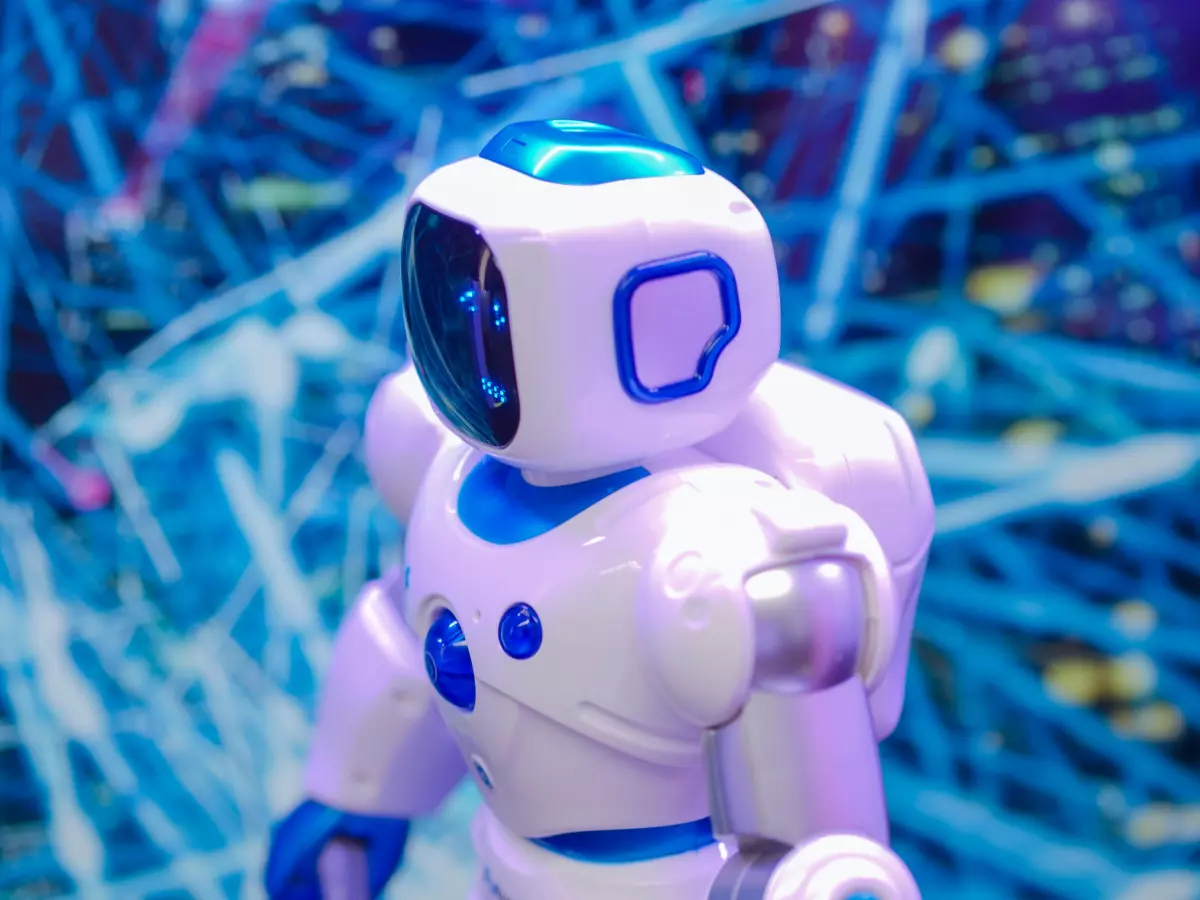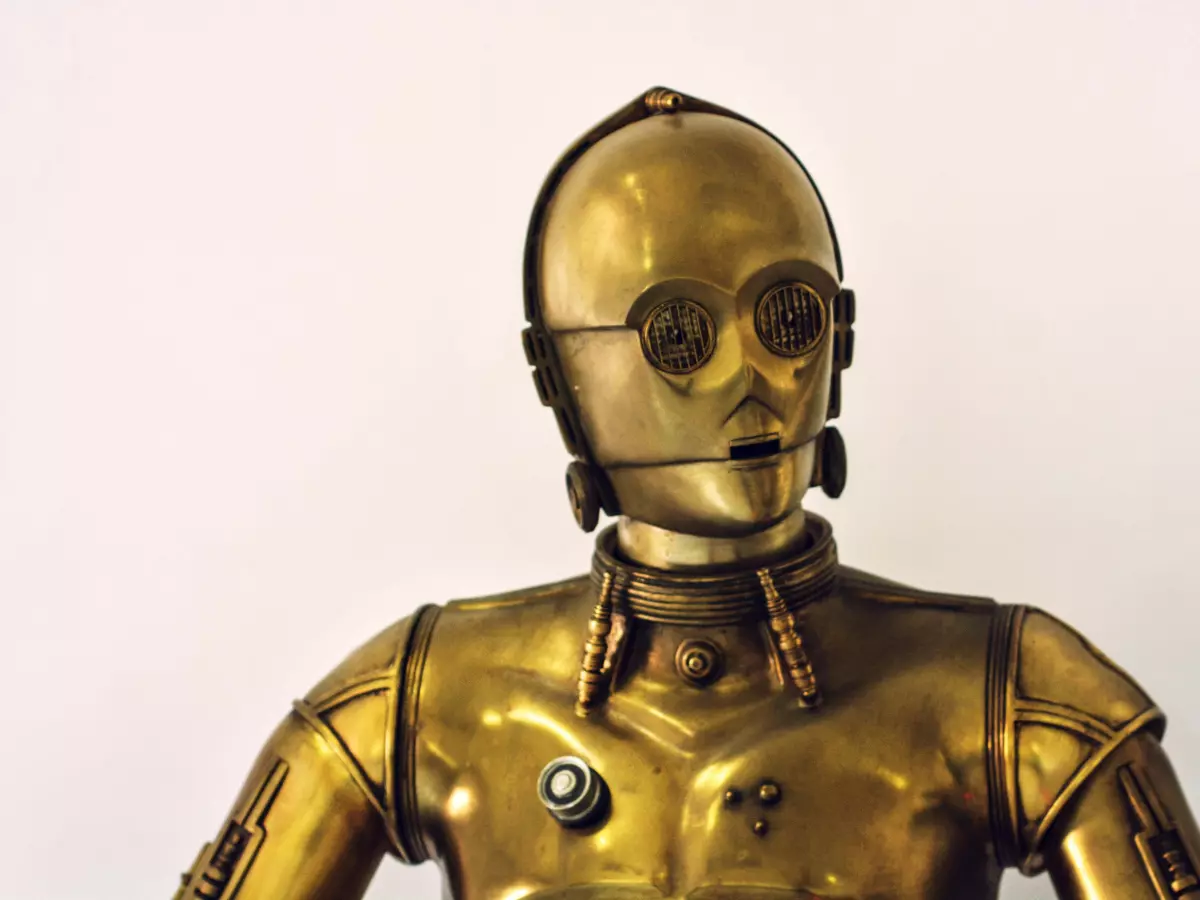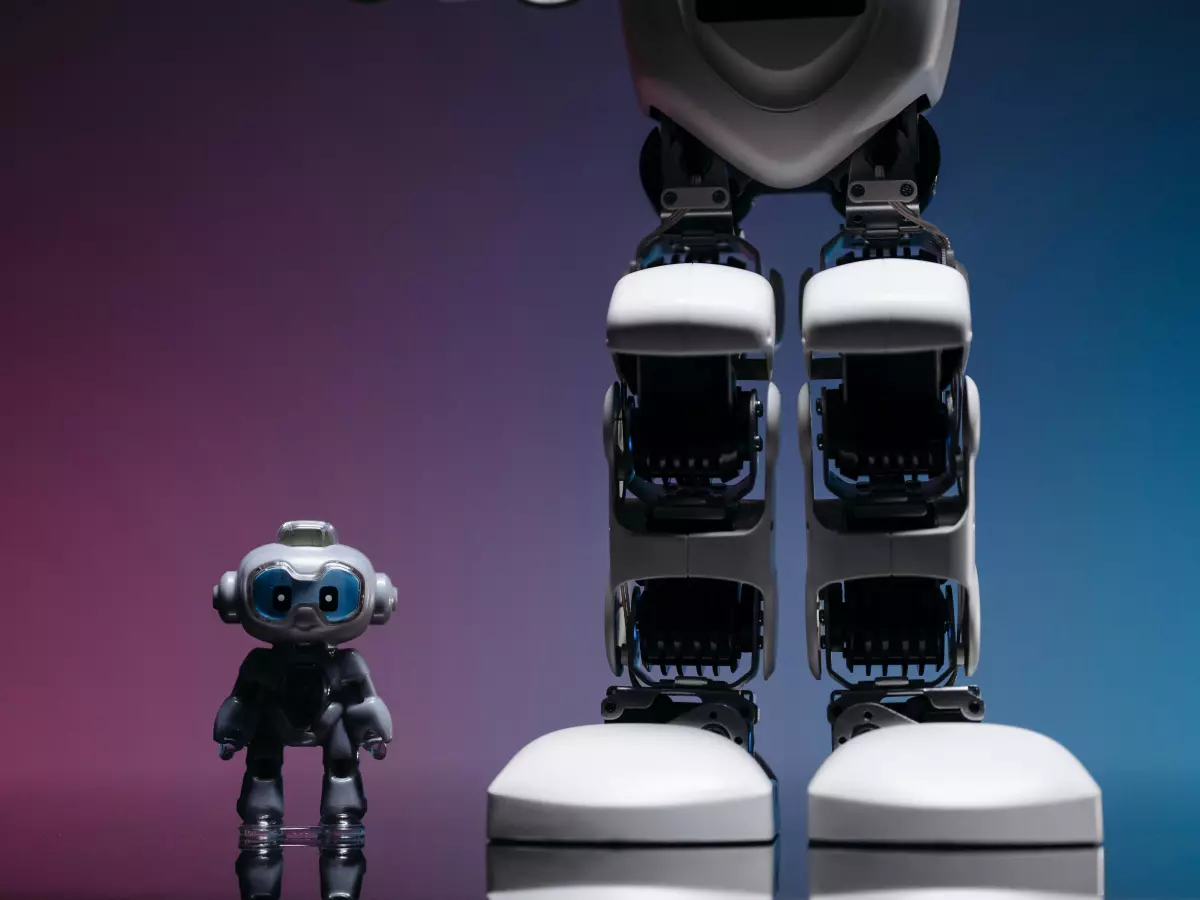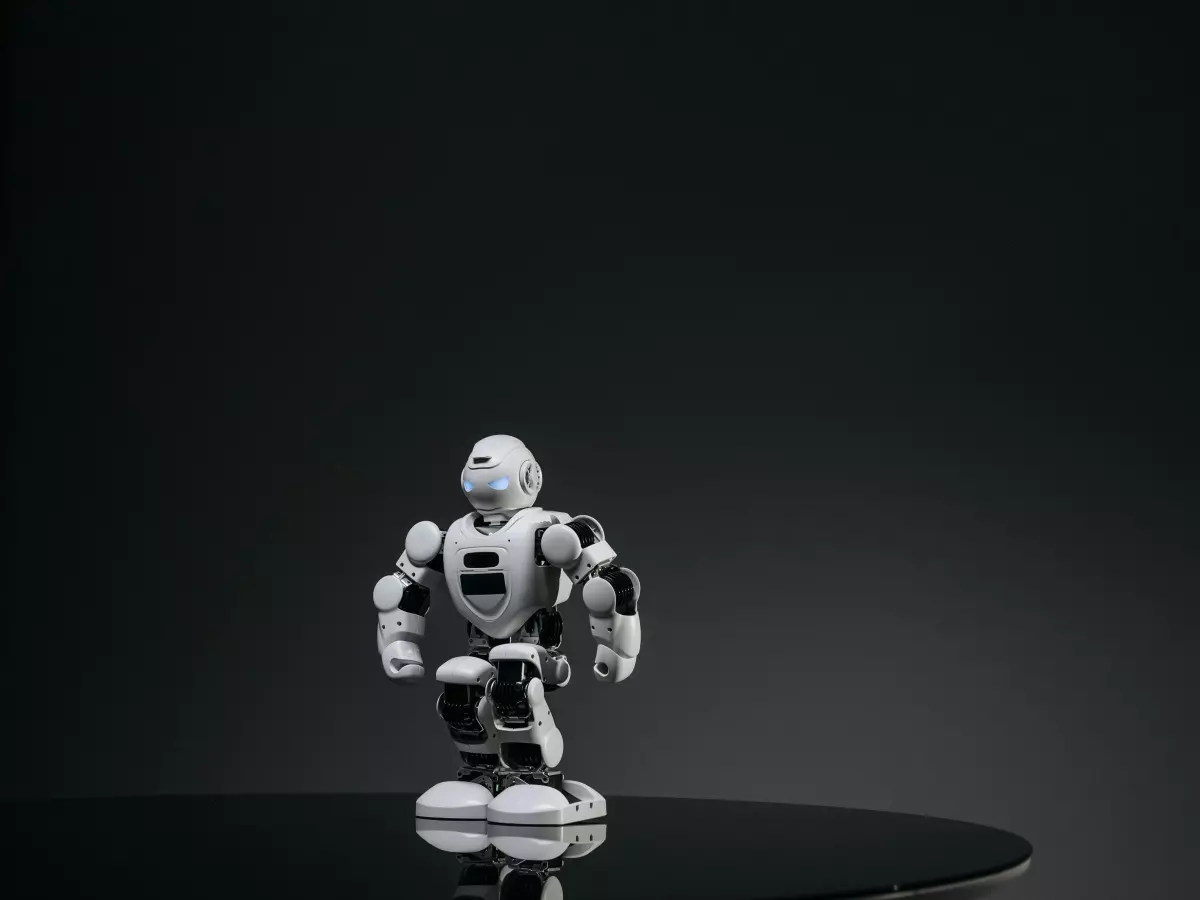Muscle-Like Actuators
Humanoid robots are getting closer to mimicking human movement, and muscle-like actuators are a big reason why.

By Marcus Liu
When we think of humanoid robots, we often imagine them moving with the grace and fluidity of a human being. But if you've ever seen a robot in action, you know that reality doesn't always match that expectation. Most robots are still a bit stiff, a little jerky, and far from the smooth, coordinated movements we take for granted in humans.
However, there's a growing trend in humanoid robot design that's changing the game: muscle-like actuators. These are devices that mimic the way human muscles contract and expand, allowing robots to move more fluidly and naturally. But how do they work, and why are they so important for the future of robotics?
From Motors to Muscles
Traditional robots rely on motors and gears to move their limbs. While this works for many industrial applications, it's not ideal for humanoid robots. Motors are great for precision, but they lack the flexibility and responsiveness of human muscles. This is where muscle-like actuators come into play.
Muscle-like actuators, also known as artificial muscles, are designed to replicate the contraction and relaxation of human muscles. They can be made from materials like electroactive polymers (EAPs) or shape-memory alloys (SMAs), which change shape when exposed to electrical stimuli. This allows the robot to move in a way that's more similar to how we move our arms, legs, or even fingers.
With these actuators, humanoid robots can achieve a level of flexibility and adaptability that traditional motors just can't match. Imagine a robot that can not only lift a heavy object but also adjust its grip in real-time to avoid dropping it. That's the power of muscle-like actuators.
Why Flexibility Matters
One of the biggest challenges in humanoid robot design is achieving a balance between strength and flexibility. Human muscles are incredibly versatile—they can be strong when needed, but also soft and flexible for delicate tasks. Muscle-like actuators aim to replicate this versatility.
For example, a robot designed to assist in healthcare needs to be strong enough to lift a patient but gentle enough to handle fragile objects like medical instruments. Muscle-like actuators allow for this kind of adaptability, making them a key innovation in the development of robots that can interact with humans in meaningful ways.
Challenges and Future Directions
Of course, muscle-like actuators aren't perfect. One of the biggest challenges is durability. Human muscles can repair themselves, but artificial muscles can't—at least, not yet. Researchers are working on ways to make these actuators more durable and long-lasting, but it's still a work in progress.
Another challenge is control. While muscle-like actuators offer more flexibility than traditional motors, they also require more complex control algorithms. Engineers are developing advanced AI systems to manage these actuators, ensuring that robots can move smoothly and efficiently in real-world environments.
Despite these challenges, the future of muscle-like actuators looks promising. As materials science and AI continue to advance, we can expect to see humanoid robots that move with the grace and fluidity of a human being—perhaps even surpassing us in some ways.
So, the next time you see a humanoid robot in action, remember: it's not just about the motors and gears. It's about the muscles—or at least, the muscle-like actuators—that make those movements possible.





